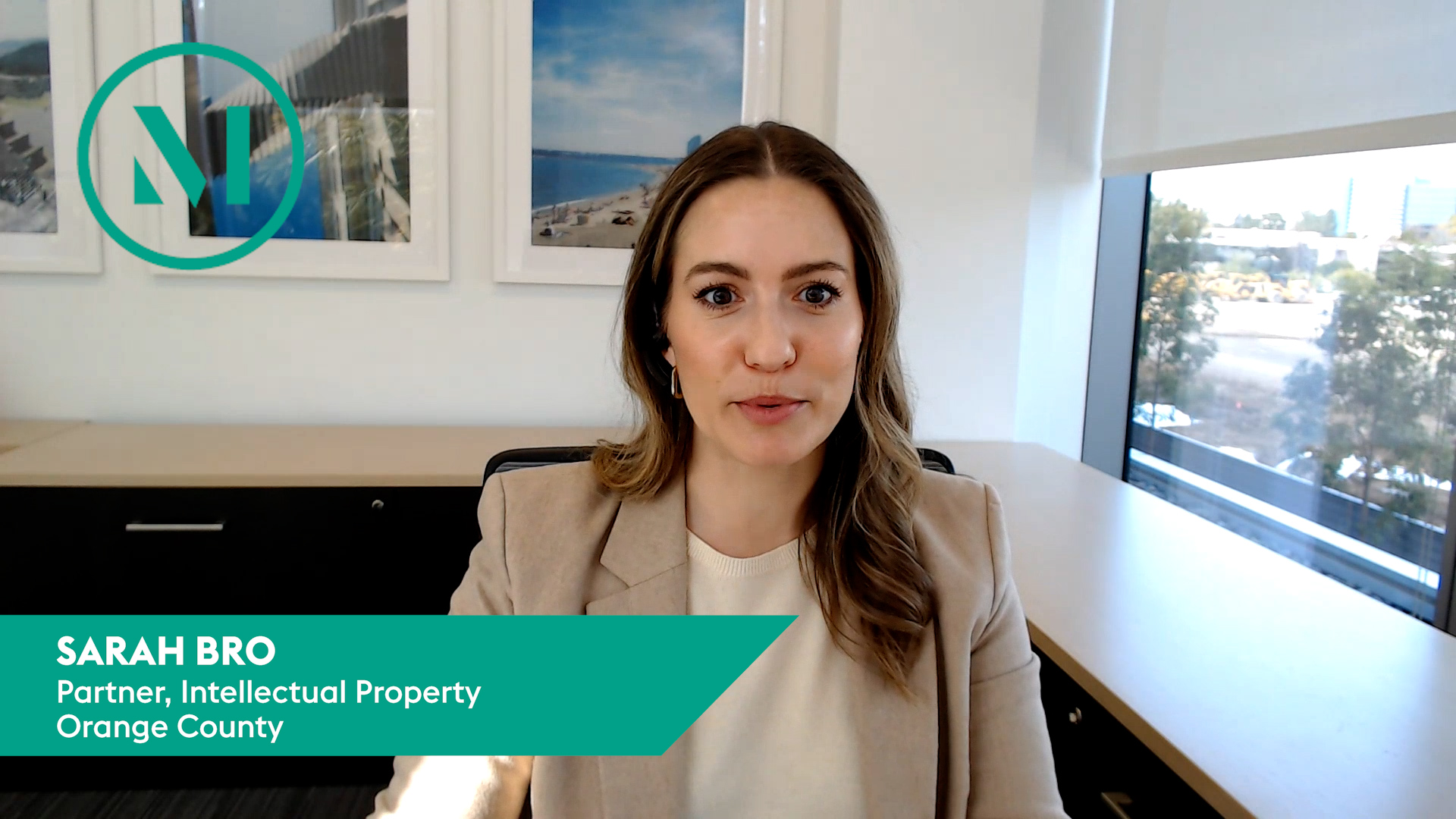Overview

In 2023, we believe that intellectual property issues in relation to the metaverse, blockchain technologies and crypto assets will continue to be an important focus for brand owners and for businesses entering or expanding into this evolving space. Two metaverse and NFT lawsuits took center stage in 2022 and are important to watch in 2023: Hermès’s suit over MetaBirkins NFTs and Nike’s suit against StockX.
In Depth
Hermès v. Rothschild
Hermès filed a lawsuit against artist Mason Rothschild for his use of the BIRKIN trademarks in connection with his MetaBirkins NFTs, alleging trademark infringement and dilution. Rothschild argued that the claims should be dismissed based on Rogers v. Grimaldi and subsequent case law indicating that digital images of the bags are “art” and receive protection under the First Amendment, but Hermès argued that the sale of NFTs was purely commercial and therefore Rogers was inapplicable.
In May 2022, the US District Court for the Southern District of New York found that Rothschild’s MetaBirkins NFTs were digital images capable of constituting a form of artistic expression, meaning that the images were entitled to First Amendment protection and therefore Rogers applied. However, the court denied Rothschild’s motion to dismiss because Hermès sufficiently alleged that Rothschild’s use of MetaBirkins either has no artistic relevance to the underlying work whatsoever or, even if it has some artistic relevance, it explicitly misleads as to the source or the content of the work. The case is proceeding to trial.
Takeaways (for now):
- Merely attaching an NFT to an otherwise expressive work may not be sufficient to defeat Rogers’ First Amendment protections.
- The Court stated in a footnote that Rogers might not apply “if the NFTs were attached to a digital file of a virtually wearable Birkin handbag, in which case the ‘MetaBirkins’ mark would refer to a non-speech commercial product,” which could have significant implications for the meta commodity industry.
Nike v. StockX
In February 2022, Nike filed a trademark suit after StockX, a company that resells sneakers, announced that it would use NFTs to allow buyers to track ownership of physical products resold on the StockX platform and to confirm authenticity. StockX argued that its use of third-party brands featured in the NFTs was protected under the first sale doctrine. Nike countered that the NFTs were distinct digital products with independent value and that StockX was profiting from Nike’s IP.
Takeaways:
- These issues could shape the IP landscape around NFTs, the legal distinction between NFTs and physical assets, and the use of trademarks in connection with creative works.
- In particular, creators may need to take more precautions when launching NFTs of other products.
Another area to watch in 2023 is the US Patent and Trademark Office’s (PTO’s) handling of metaverse and NFT-related trademark applications. Brands have rushed to the PTO to file trademark applications in relation to metaverse environments and digital assets, including NFTs. The PTO’s review of these applications and approved descriptions to date provide some guidance as to how the PTO may classify these products and services, how “likelihood of confusion” refusals might be issued with respect to digital versus terrestrial products and services, and what makes a mark “merely descriptive” of metaverse-related goods and services.
Takeaways:
- Generally, “virtual goods” appear to be proper to Class 9, but further clarity regarding the nature of the goods may be required (i.e., “virtual goods” alone is too vague).
- For NFTs, the applicant must specify the type of digital item authenticated.
- PTO “likelihood of confusion” assessments include the following:
- Digital trading cards (Class 9) related to physical card games (Class 28)
- Traditional event services in Class 41, presumably encompassing virtual-related events
- Retail store services for virtual clothing goods in virtual worlds (Class 35) related to traditional clothing (Class 25)
- On the issue of descriptiveness, the PTO registered “METAJACKET” in Class 9 for “downloadable virtual goods, namely, articles of clothing, featuring jackets,” but took issue with the mark “CYBERSNEAKER” as descriptive for “downloadable virtual goods” in Class 9.
Looking ahead, businesses may face the following challenges and opportunities:
- Issues enforcing trademark rights with respect to blockchain domain names. Blockchain domain names link to an address on a blockchain and are often used as short-form addresses for sending and receiving crypto assets. Currently, these domains operate outside of the traditional ICANN domain name systems and are not subject to many of the rules and requirements of traditional domain names. The use of brand names in or as blockchain domains can create consumer confusion and may result in the loss of crypto assets due to such confusion. Based on the current system, brands likely will need to choose between attempting to work with certain marketplaces to stop the use or registration of infringing domains, or attempt to secure blockchain domain names quickly, ahead of potential bad-faith users.
- Considerations related to the right of publicity for virtual avatars. The right of publicity refers to a person’s right to control the commercial use of her name, image and likeness. But how does a well-known person stop others from usurping his likeness in virtual environments? And, conversely, if a virtual persona becomes meta-famous, does an individual have rights to protect her avatar’s likeness?
- The US Copyright Office and PTO’s joint study regarding issues of trademark, patent, and copyright law and policy arising from the use of NFTs. While the study is ongoing, its results will likely provide some guidance on the direction of intellectual property laws and protections for NFTs and the metaverse more broadly.
CHECK OUT OTHER 2023 IP OUTLOOK TRADEMARK AND COPYRIGHT TOPICS
Process and ProcedureSupreme Court Cases